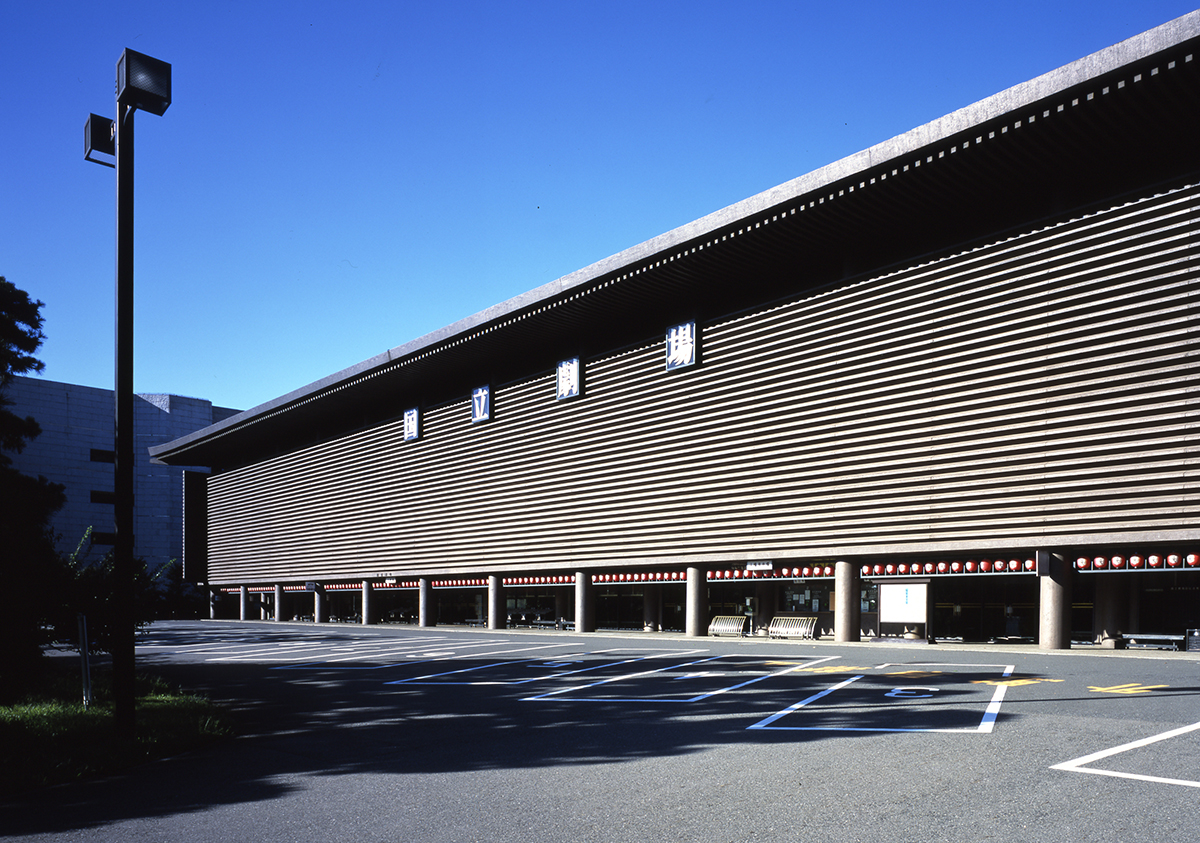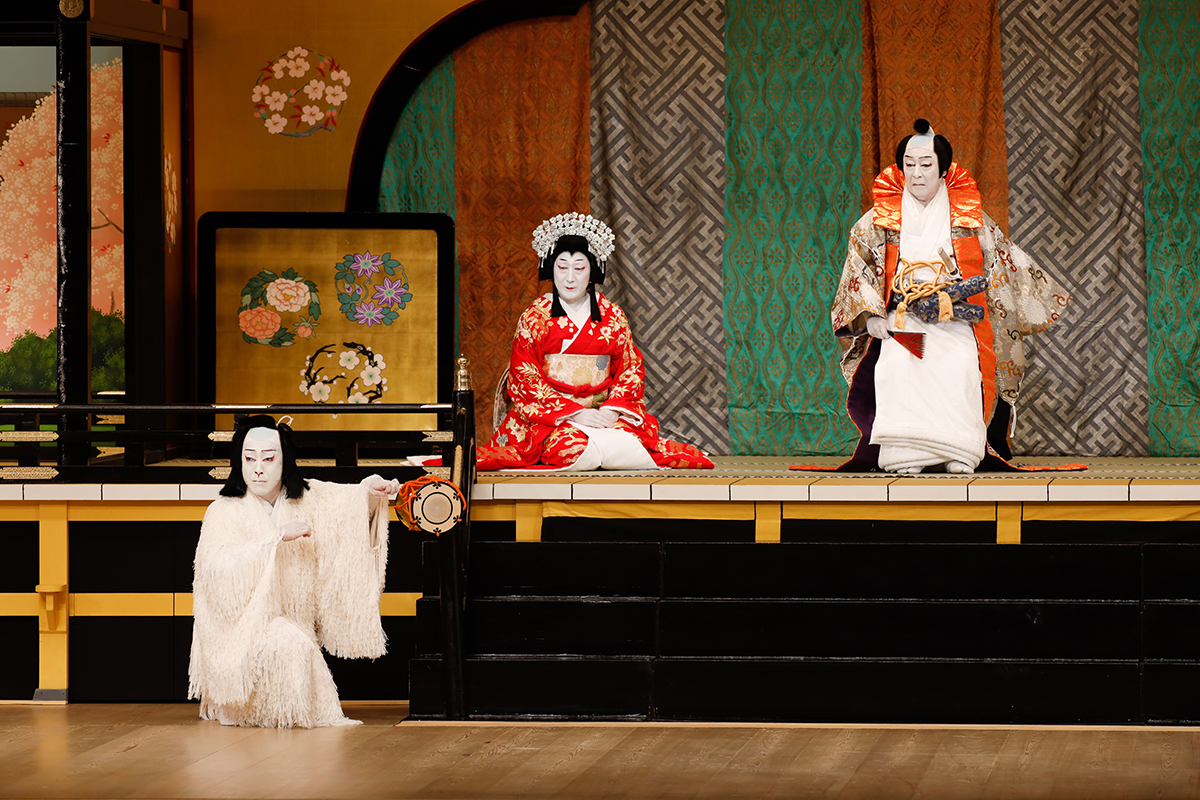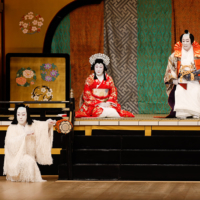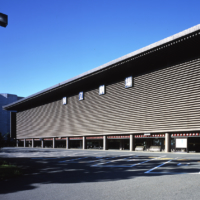The National Theatre of Japan, Tokyo’s premier center for the traditional performing arts, will close at the end of the month for renovations that will upgrade and preserve its aging facilities, making them more accessible to guests with disabilities.
Situated in Chiyoda Ward’s Hanzomon district, the National Theatre first opened its doors in November 1966 to promote and host traditional Japanese stage performances ranging from kabuki plays and bunraku (puppet theater) to gagaku (imperial court music and dance), shōmyō (classical Buddhist chanting) and more. During its nearly six-decade history, the theatre welcomed about 20 million guests.

The last performance before renovations commence will be a kabuki play at the complex’s Grand Theater. Scheduled for Oct. 26, the production chosen to send off the original structure will be a tōshikyōgen — a play performed uninterrupted beginning to end — titled “Imoseyama Onna Teikin Part II.” Dating back to the Edo Period (1603 to 1868), the play is a grand romance that revolves around myths, intrigue and revenge.
Though the facility isn’t expected to reopen until 2030 at the earliest, the revamped National Theatre is expected to continue its original mission while also serving as a center for cultural tourism that will make Japan’s centuries-old arts more accessible to all through new plays and hands-on workshops.
In the meantime, affiliated theaters will step up to fill the gap left by its absence, with Theatre 1010 in the town of Senju hosting bunraku plays in December, and the New National Theatre in Shinjuku going retro to hold kabuki performances in January.
Visit www.ntj.jac.go.jp/en/ for more information.





